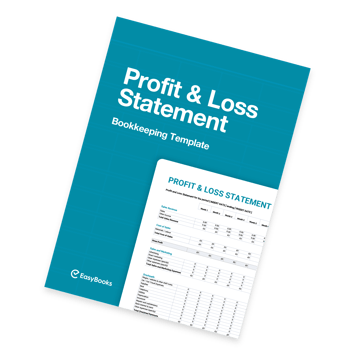Setting clear targets, quickly sending out invoices and using the latest technology can all help you to better manage your small business’ cash flow. Poor cash flow management is one of the main reasons that 50% of small businesses fail during their first five years. Make sure yours isn’t one of them with these cash flow tips and tricks.
How to Successfully Manage Your Cash Flow
- Send Invoices Quickly
- Offer Different Payment Options
- Keep Detailed Records
- Schedule Your Payments Effectively
- Make Sure There's an Emergency Fund
- Cut Costs
- Cash Flow is as Important as Profit
- Use the Best Tools
Send Invoices Quickly
Don’t waste time when it comes to sending out invoices to clients. There might be other roadblocks and delays that you can’t control - so don’t add to them by waiting to send out your invoices.
The longer you wait to send invoices, the more time you’ll have to wait before the money arrives in your business account. I know it sounds obvious, but you would be surprised how many forget it! Make time in your week to create and send invoices to bring cash in as soon as possible.
Offer Different Payment Options
Once the client has your invoice, they’ll be ready to pay. Make sure there are different payment options available so it’s as easy as possible for them. If you’re inflexible and only accept payment by cheque, then you’ll be waiting days for the cheque to clear.
People expect to be able to pay online for pretty much everything, so your business should be no different. If paying is in any way awkward or time-consuming for them, then they’re less likely to be a repeat customer in the future.
Keep Detailed Records
It’s impossible to have a good idea of your business’ cash flow situation without keeping detailed financial records for you to refer to. For example, having a profit and loss statement isn’t enough.
You must always know how many invoices are currently being processed, how much cash is already attributed to key projects and what bills will soon need to be paid. Knowing this information is vital when it comes to managing your cash flow.
Schedule Your Payments Effectively
If there’s no incentive or reason to pay for something early, then delay payment. Work out just how late you could make the payment without receiving any late fees. Then, schedule your payments to make sure you have the cash needed without there being any kind of problem.
This is good practice for paying bills. However, if you’re paying a supplier or partner, then consider whether or not delaying payment will harm the working relationship you have. Prioritise payments and schedule them accordingly. But the general rules are - chase those who owe you and pay as late as you can get away with.
Make Sure There’s an Emergency Fund
Even when business is good, make sure you put a little bit of money aside each month. It will act as a kind of contingency in the event of potential cash flow issues. No business owner can predict exactly what will happen, so it’s always worth having an emergency fund available to cover bills when needed.
We’d recommend working out how much your average monthly outgoings are and then saving around three months’ worth. This should cover any cash flow problems for long enough for you to fix the situation.
Cut Costs
Figuring out ways to cut costs is good practice for businesses of all sizes. When cash is regularly coming into your business, you might not think about cost-cutting measures. But keeping on top of your expenses is the best way of managing cash flow.
Carry out a detailed audit of your business and see where you’re spending money. Is there anywhere you can cut costs? This doesn’t have to involve sweeping cuts, just a few money-saving decisions here and there to help you manage your cash flow situation.
For example, you could ditch your traditional phone lines if you feel like they aren’t essential anymore. Going paperless is also a great way of cutting costs. Paper, ink and postage supplies soon add up. Go paperless and you’ll reduce not only costs and environmental impact by saving paper, but you may well improve business efficiency too.
Cash Flow is as Important as Profit
It’s easy to focus on your business’ profit margins and neglect cash flow. They’re just as important as each other and if you ignore cash flow, you’re more likely to run into serious problems.
When you’re drawing up business plans, it’s vital you also make long-term cash flow plans as well as those concerning profit and loss. Keep this idea in mind when working with clients. Sometimes, a client that provides low profit to your business but pays quickly is better for you than a slow-paying larger one.
Use the Best Tools
The most effective way of managing your cash flow, and for just keeping track of your business’ financial performance in general, is by utilising intelligent software. This can sound complicated but trust us, it really isn’t.
There are apps available that allow you to easily manage your business’ bookkeeping. They will provide the information needed to make more informed business decisions. Find an app that suits your business’ needs and sort your cash flow management issues quickly.
Download Your Bookkeeping Templates
We’ve put together a range of different templates that can help you to better keep an eye on your business’ profit and loss, expenses and petty cash.
Get your free templates now by clicking on the link below.







